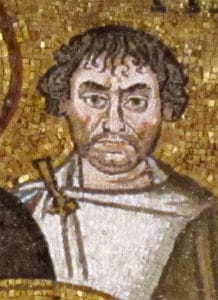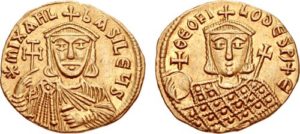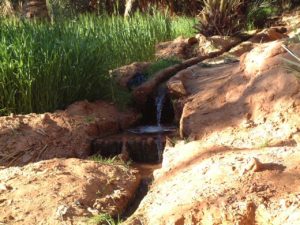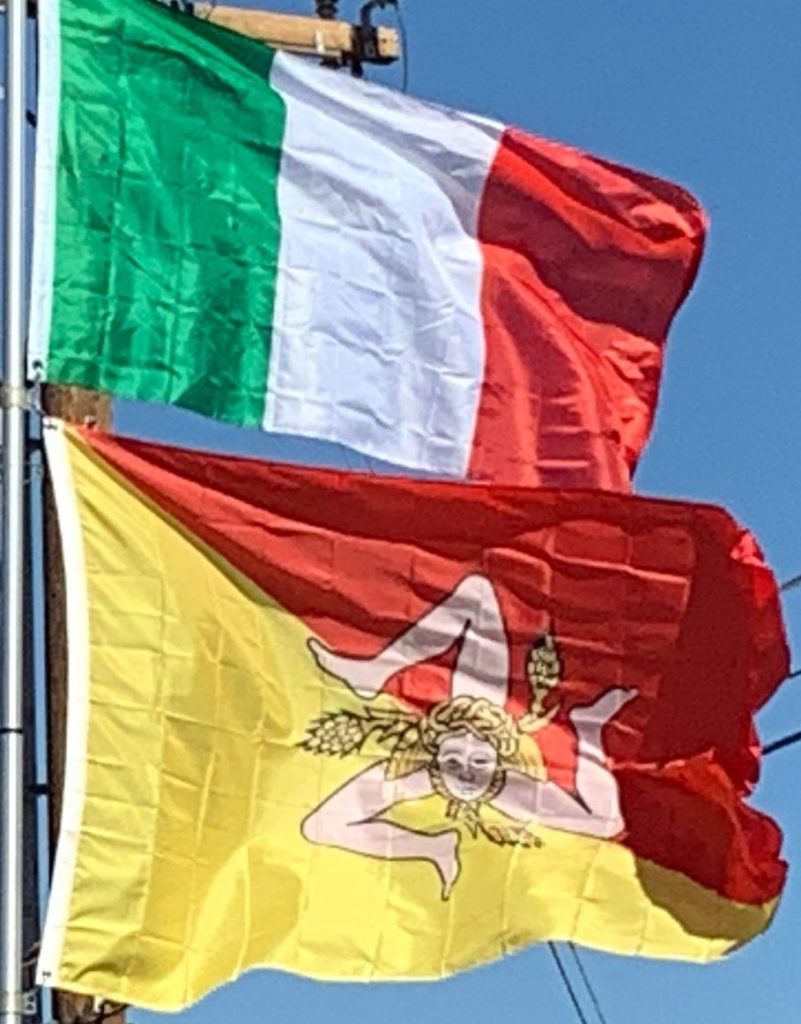
At the time of the reconquest Greek was still the predominant language spoken on the island. Sicily was invaded by the Arab forces of Caliph Uthman in 652, but the Arabs failed to make any permanent gains. They returned to Syria with their booty. Raids seeking loot continued until the mid-8th century.
The Eastern Roman Emperor Constans II decided to move from Constantinople to Syracuse in 660. The following year he launched an assault from Sicily against the Lombard Duchy of Benevento, which occupied most of southern Italy. Rumors that the capital of the empire was to be moved to Syracuse probably cost Constans his life, as he was assassinated in 668. His son Constantine IV succeeded him. A brief usurpation in Sicily by Mezezius was quickly suppressed by this emperor. Contemporary accounts report that the Greek language was widely spoken on the island during this period. In 740 Emperor Leo III the Isaurian transferred Sicily from the jurisdiction of the church of Rome to that of Constantinople, placing the island within the eastern branch of the Church.
In 826 Euphemius, the Byzantine commander in Sicily, having apparently killed his wife, forced a nun to marry him. Emperor Michael II caught wind of the matter and ordered general Constantine to end the marriage and cut off Euphemius’ head.

Euphemius rose up, killed Constantine, and then occupied Syracuse; he, in turn, was defeated and driven out to North Africa. He offered the rule of Sicily to Ziyadat Allah, the Aghlabid Emir of Tunisia, in return for a position as a general and a place of safety. A Muslim army was then sent to the island consisting of Arabs, Berbers, Cretans, and Persians.
The Muslim conquest of Sicily was a see-saw affair and met with fierce resistance. It took over a century for Byzantine Sicily to be conquered; the largest city, Syracuse, held out until 878 and the Greek city of Taormina fell in 962. It was not until 965 that all of Sicily was conquered by the Arabs. In the 11th-century Byzantine armies carried out a partial reconquest of the island under George Maniakes, but it was their Norman mercenaries who would eventually complete the island’s reconquest at the end of the century.
Arab Period (827–1091):
The Arabs initiated land reforms, which increased productivity and encouraged the growth of smallholdings, undermining the dominance of the latifundia. The Arabs further improved irrigation systems. The language spoken in Sicily under Arab rule was Siculo-Arabic and Arabic influence is still present in some Sicilian words today. Although the language is extinct in Sicily, it has developed into what is now the Maltese language on the islands of Malta today.

A description of Palermo was given by Ibn Hawqal, an Arab merchant who visited Sicily in 950. A walled suburb, called the Al-Kasr (the palace), is the center of Palermo to this day, with the great Friday mosque on the site of the later Roman cathedral. The suburb of al-Khalisa (modern Kalsa) contained the Sultan’s palace, baths, a mosque, government offices, and a private prison. Ibn Hawqal reckoned 7,000 individual butchers trading in 150 shops. Palermo was initially ruled by the Aghlabids; later it was the center of Emirate of Sicily under the nominal suzerainty of the Fatimid Caliphate.
